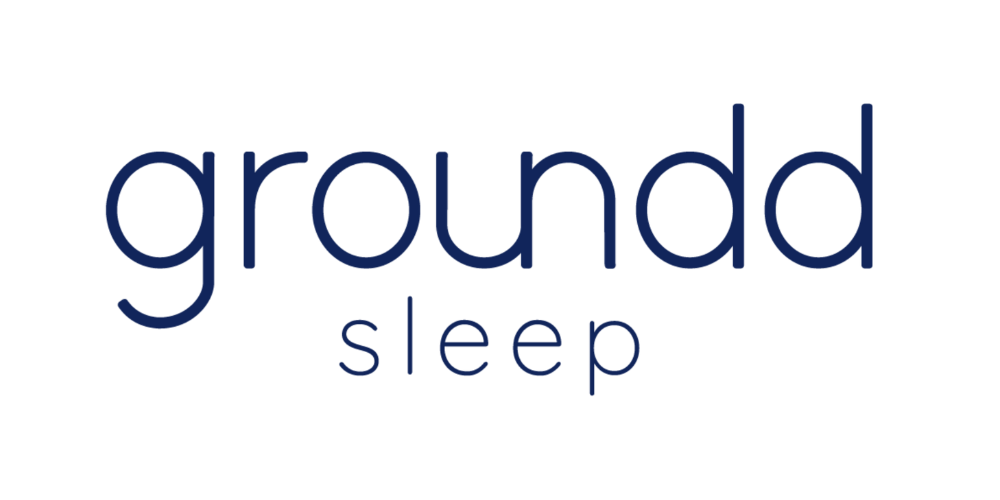If sleep problems are what brought you to this page, you have all our sympathy. There are few things physically worse for our brains and body than sleep deprivation and sleeping disorders.
That’s why we’re here to help.
A helpful guide to having the most restorative naps
One way to combat a disrupted sleep pattern is to catch up with naps. For centuries, southern European countries practiced restorative nap times called siestas. It was a habit they took with them when they travelled to other continents, especially the ones with hot climates.
So it was that Mediterranean countries and Latin America (and other parts of the world) came to follow a different sleep module pattern. It makes sense to sleep away the highest temperatures of the day by retreating to the bedroom for a siesta. Then you can make up for losing the afternoon hours by staying up later at night.
This runs counter to the western tradition of considering eight the ideal number of hours to sleep, and prefer it come in one uninterrupted block at night.
Researchers even tried to find a link between Mediterranean sleeping patterns that included a nap time and comparing it to western sleeping habits. Long term siesta napping routines were linked to:
- 12% reduction related to cardiac mortality for occasional nappers
- 37% reduction in cardiac mortality risk for regular nappers
- Men who took naps experienced stronger protection from heart disease
- Regular nappers had 64% less chance of coronary artery disease then non-nappers
- Regular nappers were 50% less likely to experience a coronary artery event compared to non-nappers.
Early to bed and early to rise, etc.?
It was Benjamin Franklin who said: Early to bed and early to rise, makes someone wealthy, heathy, and wise.
But is this true?
A team of Harvard researchers tested Franklin’s motto. They evaluated nearly 1,000 people who had experienced heart problems, and found there was no correlation between getting up early, going to bed early, and having a healthy heart.
Strike one to old wives’ tales about the benefits of 8 hours solid sleep within every 24 hours.
Here’s the Groundds’ guide to having a nice, restorative nap.
Napping guidelines and benefits
1. Try the power nap. Illustrious nappers of the past include Churchill, da Vinci, and Einstein. They were all fans of giving the brain time to reboot in the afternoons. The key to a successful power nap is to drift off enough to slow down brain activity, but not allowing yourself to fall into a deep sleep. It’s a fine line, but 20 minutes of relaxation should be enough to achieve it.
2. Find your naptime “sweet spot.” It will be sometime after lunch, especially if you eat carbs, and has to be before 3 pm. Don’t leave it any later than that or your sleep at night will be affected.
3. If you prefer napping on a day bed or couch, make sure it has adequate support for your neck and back. You won’t have a restorative nap if you wake up with a stiff neck or aching back.
4. If getting up to go to the bathroom interrupts your naptime sleep, try reducing your beverage consumption and sticking to small sips of water for the two or three hours before taking your nap. It will decrease the amount of excess water collecting in your bladder and free you to nap deeply in peace. Also, check your meds (OTC and prescribed) to see if one of the contraindications is frequency of urination.
5. Try noise cancelling headphones and white noise. If you’re at work – and it has to be in a progressive workplace that recognizes the benefits of napping! – pop on some noise cancelling headphones with your choice of white noise before drifting off. If you don’t have, try cranking the fan up on high for a similar effect.
6. If you only have time for a quick nap, have a cup of coffee or glass of water before hitting the hay. The caffeine or diuretic effect will have you up and about after 20 to 30 minutes.
7. Don’t forget to turn off the notifications on your device.
8. Don’t be too hard on yourself. If you are recovering from an illness or have experienced interrupted sleep at night (hello parents of infants, toddlers, and young children), take a nap at ever chance you have. Your body needs it.
4. When you are stressed out or feeling emotionally or physically blue, your heart beats faster. This is counterproductive to having a restorative nap. The pressure applied to the body by a weighted blanket calms the parasympathetic nervous system, which in turn, lowers the heart rate. This lowering of a fast heart beat will have you winging your way toward a peaceful, restorative nap in no time!
10. If you have a bad memory or have recently experienced a traumatic event, it will replay itself over and over in your mind, no matter what time it is or where you are trying to sleep. By covering yourself with a weighted blanket, it reduces the physiological symptoms these bad thoughts have on you, and this in turn alleviates the adrenalin jumps the memories are causing you to have.
And there you have it, Groundds’ guide to siesta sleeping your way to nappiness!


Leave a comment